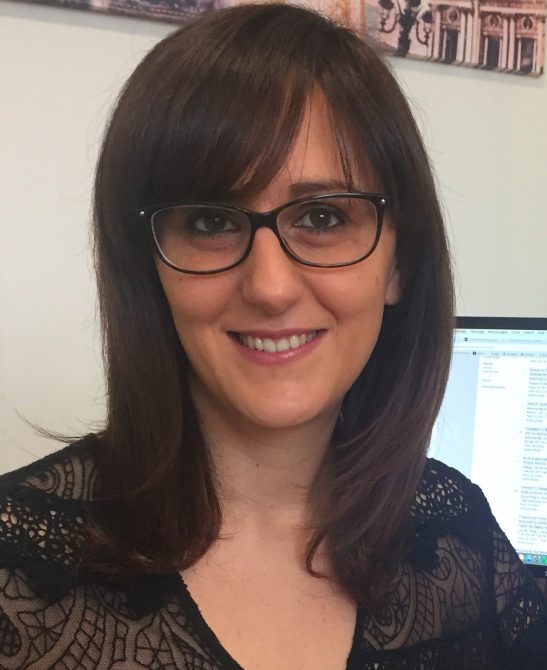 Martine Barkats and Maria Grazia Biferi have received the Avi Kremer ALS Treatment Prize from Prize4Life, which is committed to the fight against Amyotrophic Lateral Sclerosis (ALS*) and awards $1 million to the winners. Within the Myology Research Centre (MRC) of the Institute of Myology, the team “CNS Gene Transfer & Biotherapy of Motor Neuron Diseases” has been working for years on gene therapy for motor neuron diseases: spinal muscular atrophy (SMA*), a motor neuron disease that affects children, and ALS, which affects adults. Maria Grazia Biferi looks back on the outstanding work that has been distinguished.
Martine Barkats and Maria Grazia Biferi have received the Avi Kremer ALS Treatment Prize from Prize4Life, which is committed to the fight against Amyotrophic Lateral Sclerosis (ALS*) and awards $1 million to the winners. Within the Myology Research Centre (MRC) of the Institute of Myology, the team “CNS Gene Transfer & Biotherapy of Motor Neuron Diseases” has been working for years on gene therapy for motor neuron diseases: spinal muscular atrophy (SMA*), a motor neuron disease that affects children, and ALS, which affects adults. Maria Grazia Biferi looks back on the outstanding work that has been distinguished.
What is the specificity of your team’s research?
For SMA, the team developed a strategy using AAV viral vectors that, after systemic injection, can target the central nervous system (CNS): the brain, the spinal cord and, above all, motor neurons. This gene therapy is currently undergoing clinical development in the USA where, with an AAV vector, the healthy gene is re-injected into affected children.
Our strategy was then transposed to ALS. An AAV vector was chosen that could attain the CNS in the genetic form of ALS, which is linked to the SOD1 gene. This protein is overexpressed and accumulates in the cell, where it is toxic. Different strategies have been tested to increase survival (injection of DNA molecules to destroy messenger RNA of the mutated protein, injection of RNA interference via a vector to intercept and destroy mutated messenger RNA).
What work has been rewarded?
We have developed a new molecular strategy and improved the means of delivering the vector to minimise the level of toxic SOD1. For this, we used an AAV serotype that effectively targets the CNS, and combined two vector delivery methods that also target peripheral organs: systemic and intracerebroventricular. We administered this treatment to newborn mice and obtained excellent results with a survival rate close to 100%. In adult SOD mice, survival was increased by more than 50%, exceeding one of the criteria required for this prize (extending life expectancy of adult mice by at least 25%). Another major criterion was that the results were verifiable and reproducible. For this, an external laboratory in the United States repeated the experiments with our vectors and obtained the same results, thus firmly validating our protocol.
What will this award bring to your team?
This award should draw attention to the strategy we have chosen and accelerate the pre-clinical and clinical developments to speed up the availability of a therapy in humans. It is therefore also a question of attracting investors to support these expensive studies: testing in other models, toxicity, biodistribution of the vector, persistence of the vector, etc.
In the laboratory, we are continuing our research. We can also test our strategy in other neurodegenerative diseases that present with an accumulation of toxic protein. This will require funding, which may be facilitated after having won this prize…
I would like to add that this is a great reward for us, for Martine Barkats’ previous work. I am very happy because it is a collective success, and I would like to thank Martine Barkats who set up our small team. I hope that we will continue our research by keeping up this good spirit that has united us thus far and I think that our good relationship has allowed us to surpass the typical difficulties of research, to persevere and to reach this level.
*Spinal muscular atrophy (or SMA, a disease affecting children with different forms, the most severe affecting newborns) and amyotrophic lateral sclerosis (ALS) are two different diseases that both cause motor neuron death that leads to muscle paralysis. In the case of SMA, the cause is genetic: the absence of a gene causes the disease. In ALS, the causes are not yet well known for 90% of the sporadic forms; the remaining 10% are genetic forms, for which the mutated gene can be targeted.
